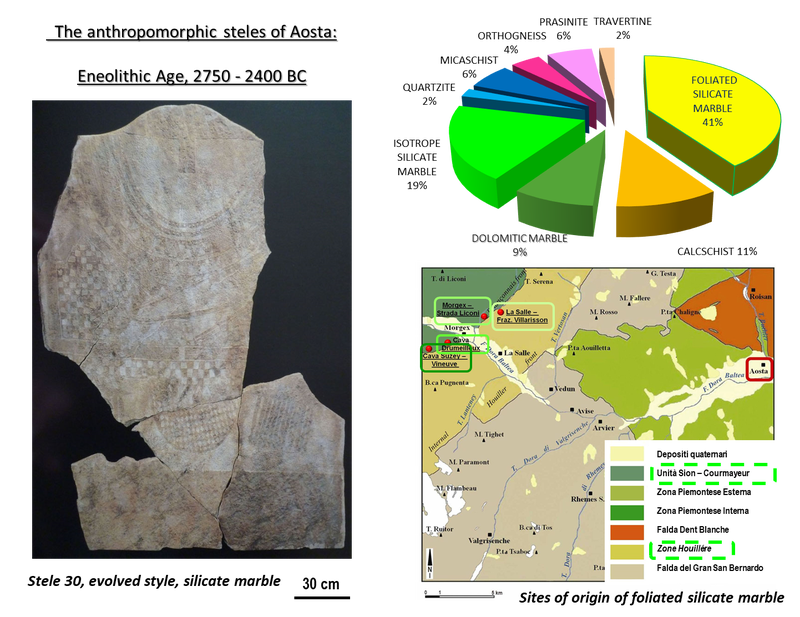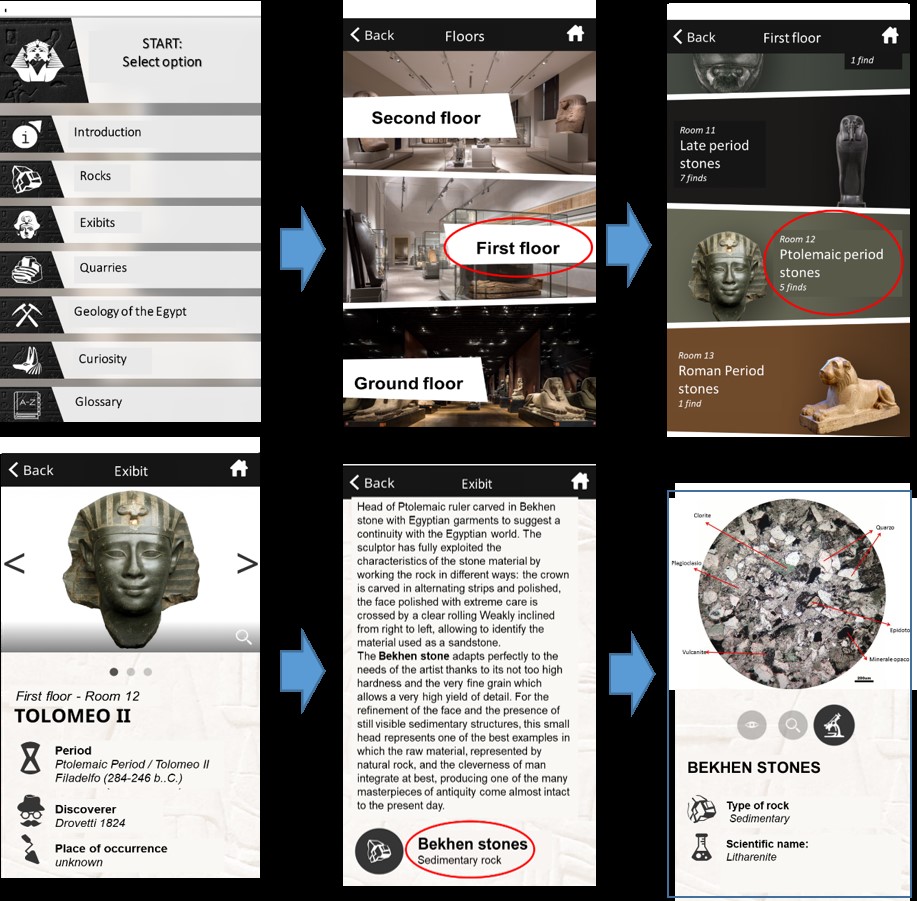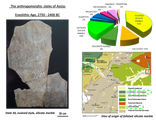Minero-petrographic study for the determination of the origin of stone materials used in the field of Cultural Heritage
Studio minero-petrografico per la determinazione di provenienza di materiali lapidei impiegati nel campo dei Beni Culturali
Staff
- Borghi Alessandro (Group leader)
- Cossio Roberto (Member)
- D'atri Anna (Member)
- Castelli Daniele (Member)
- Martire Luca (Member)
Contacts
- +39 0116705175
- alessandro.borghi@unito.it
- Send email to members

ERC Sectors
Activity
The widespread use since ancient times of stone materials in architecture, but also as tools of everyday life, is now manifested as a huge patrimony of cultural heritage to be enhanced and safeguarded. In some cases the rocks are easily recognizable and attributable to extraction sites close to the cultural heritage in which they were used. In other cases, the problem of their nature and origin arises. The application of scientific methodologies can provide essential information for their characterization, an eminently petrographic problem, even if supplemented by physical and chemical methods.
This research project, carried out in collaboration with colleagues from the departments of Physics, Chemistry and Historical Studies, is aimed at the characterization, enhancement and conservation of rocks and stone materials used over the millennia by the Ancient Civilizations that developed in the Mediterranean basin and in the neighboring areas.
In particular, over the years, research has focused on the development of an analytical protocol to determine the origin of artifacts in lapis lazuli, some white marbles used in Antiquity and ceramics from the Hellenistic and Parthian periods. An important contribution of the research concerned the petrographic characterization of stone finds from the collections exhibited at the Museo Egizio in Turin, comparing them with rock samples taken from ancient quarry sites in Egypt.
Research is currently underway concerning the characterization of historical mortars from the Roman Theater of Aosta and the stone materials used in the Roman Amphitheater of Eporedia (Ivrea). Minero-petrographic data, suitably integrated with historical-archaeological data, also through the application of geomatics, have made it possible to develop geological itineraries and '' virtual geo-archeology tours '', aimed at promoting, enhancing and increasing, by use of simplified texts accessible to a non-specialized public, knowledge of stone materials employed in the field of Cultural Heritage. This led to the creation of a multimedia application that illustrates the main rock finds exhibited at the Egyptian Museum.
visita la pagina in italiano

Fig. 1 Photos of the 21 main ornamental stones used by Ancient Egyptian.

Fig. 2 Flowchart of the visit of the Egyptian Museum from the “Start” Item of the mobile application
Main Collaborations
- Dipartimento di Fisica (Alessandro Lo Giudice, Alessandro Re)
- Dipartimento di Chimica (Patrizia Davit, Francesca Turco)
- C.N.R. Istituto Geoscienze e Georisorse – TORINO (Gloria Vaggelli)
- Soprintendenza per i Beni e le Attività Culturali della Regione autonoma della Valle d’Aosta
Publications
- BORGHI A., FIORA L., MARCON C. & VAGGELLI G. (2009): The Piedmont white marbles used in Antiquity: An archaeometric distinction inferred by a minero-petrographic and C-O stable isotope study. Archaeometry, 51, 913-931
- RUBINETTO V., APPOLONIA L., DE LEO S., SERRA M., BORGHI A. (2014) A petrographic study of the anthropomorphic stelae from the Megalithic Area of Saint-Martin-de-Corléans (Aosta, Northern Italy), Archaeometry, 56, 927-950
- A. LO GIUDICE, D. ANGELICI, A. RE, G. GARIANI, A. BORGHI, S. CALUSI, L. GIUNTINI, M. MASSI, L. CASTELLI, F. TACCETTI, T. CALLIGARO, C. PACHECO, Q. LEMASSON, L. PICHON, B. MOIGNARD, G. PRATESI, M. C. GUIDOTTI (2017) Protocol for lapis lazuli provenance determination: evidence for an Afghan origin of the stones used for ancient carved artefacts kept at the Egyptian Museum of Florence (Italy). Archaeol Anthropol Sci., 9, 637-651.
- COSSIO R., DAVIT P., TURCO F., OPERTI L., PRATOLONGO V., LEONE R., LAMAGNA G., BORGHI A., (2020) Automated SEM‐EDS pottery classification based on minero‐chemical quantitative parameters: An application on ancient Greek pottery from Adrano (NE Sicily, Italy) X ray spectrometry, 49, 291-301
- VALENTINO D., BORGHI A., D’ATRI A., GAMBINO F., MARTIRE L., PEROTTI L., VAGGELLI G. (2020) STONE Pietre Egizie: a free mobile application for promoting the scientific research on ornamental stones of Museo Egizio of Torino, Italy. Geoheritage, 12, (3), art. 61
Tag: Cultural heritage, Multimedia application, Ancient Egyptians





